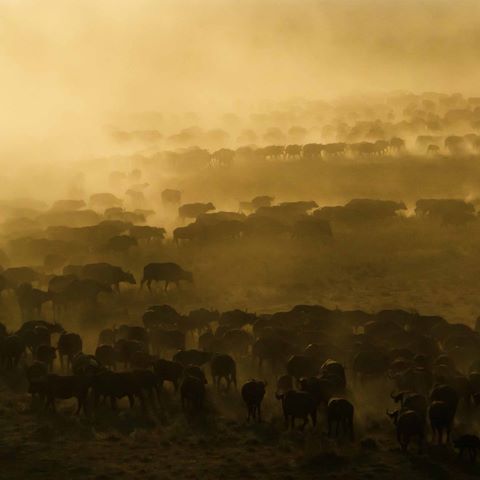A land of giants; the home of Wilderness Mokete

A unique remote safari experience in the Mababe Depression
The lions of Mababe: a reason to travel
More than just lions: an incredible diversity in this land of giants
One day I will return to Wilderness Mokete
Wilderness Mokete, our remote & diverse camp in the heart of the Mababe Depression
Wilderness Mokete, our remote & diverse camp in the heart of the Mababe Depression


ABOUT THE AUTHOR
Julian Carter-Manning
With over twenty years experience in the safari industry, Julian is one of our Sales Directors here at Wilderness, with a passion for getting guests returning to Africa time and time again. He has travelled extensively across the entirety of 'Safari Africa' and works closely with our teams on the ground.

Let’s plan your next journey
Ready?
When we say we’re there every step of the way, we mean it, literally. From planning the perfect circuit, to private inter-camp transfers on Wilderness Air, and easing you through Customs. We’re with you on the ground, at your side, 24-7, from start to finish. Ready to take the road less travelled? Contact our Travel Designers to plan an unforgettable journey.









